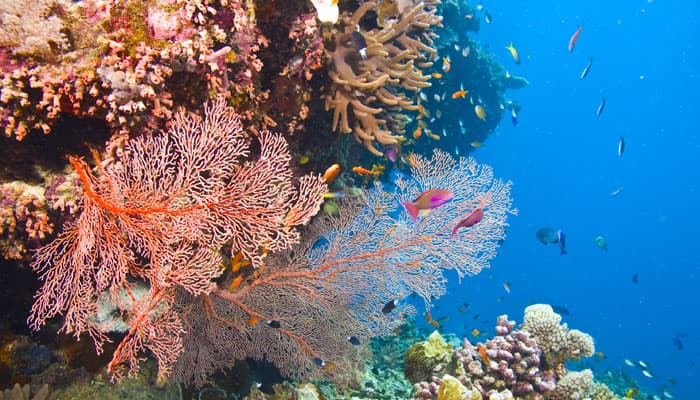New Delhi: Coral reefs are are among those diverse underwater ecosystems that are bearing the brunt of the dire consequences of climate change.
Coral bleaching is a phenomenon that requires undivided attention to understand how environmental changes are impacting them.
Up till now, scientists have been studying coral reefs up close in the water. But now, NASA has decided to study them differently – from 23,000 feet above.
NASA's Jet Propulsion Laboratory is taking the initiative to get a wider view of the coral reefs to gather new data in order to study the delicate ecosystems and the changes they are undergoing due to climate change.
With the help of specially designed instruments mounted on high-flying aircraft, the scientists plan to map large swaths of coral around the world, through which, they will try to decode an array of effects on them including global warming, acidification and pollution.
“CORAL (Coral Reef Airborne Laboratory) is an airborne mission to survey reefs at select locations across the Pacific,” Bermuda Institute of Ocean Sciences’ Eric Hochberg, who is principal investigator for the project, told The Associated Press on Tuesday. “The idea is to get a new perspective on coral reefs from above, to study them at a larger scale than we have been able to before, and then relate reef condition to the environment.” Hochberg and the project’s lead NASA scientist Michelle Gierach were in Oahu’s Kaneohe Bay with The Associated Press on Tuesday to gather baseline data in the water.
While the primary science will be conducted using instruments that map the sea floor from above, the team must also take baseline measurements in the ocean to validate the data they get from the air, Gierach said. Her main role in the project is to decipher the data gathered from the aircraft.
“PRISM, the instrument that we’re using ... is the state-of-the-art instrument for addressing coastal and in-water science questions,” Gierarch said. “CORAL wouldn’t be possible without an instrument like PRISM, it’s really the heart and soul of the project.”
The CORAL team will study the reefs of Hawaii, Palau, the Mariana Islands, and Australia’s Great Barrier Reef over the next three years.
(With agency inputs)
















